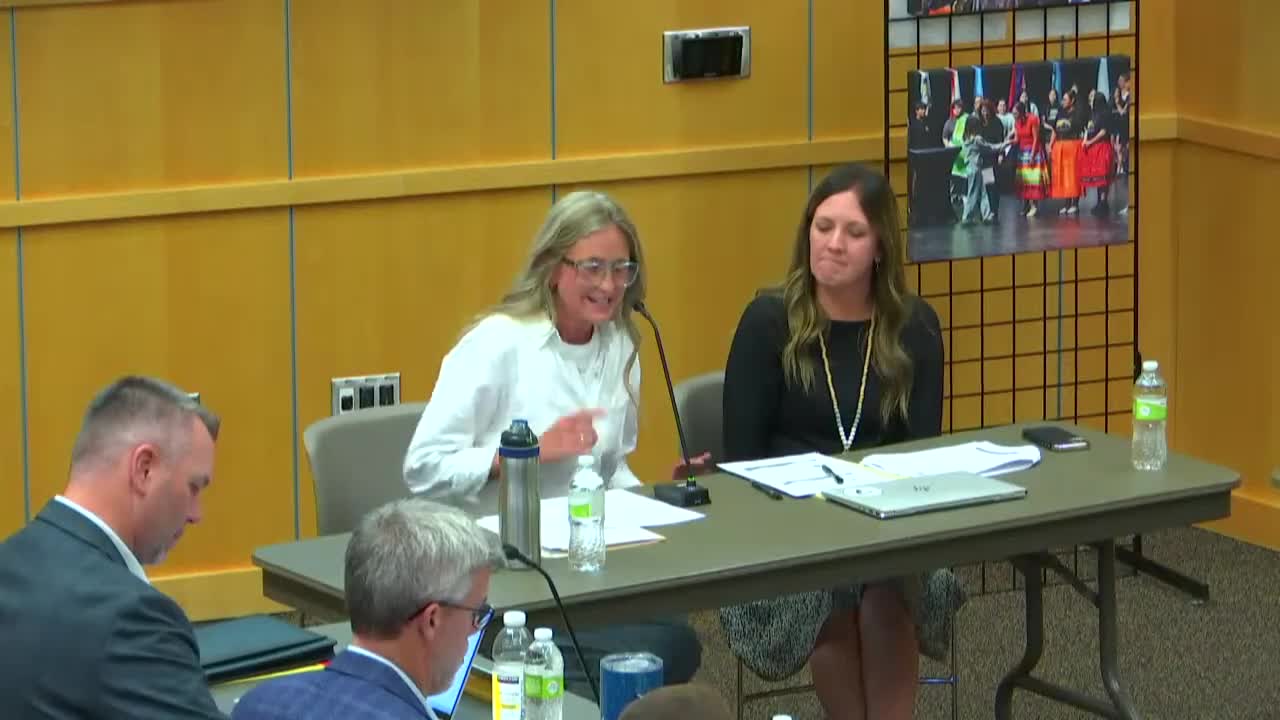Therapist Program Aims to Root Resilience in Schools Through Community Connections
September 04, 2025 | Sioux Falls School District 49-5, School Districts, South Dakota
This article was created by AI summarizing key points discussed. AI makes mistakes, so for full details and context, please refer to the video of the full meeting. Please report any errors so we can fix them. Report an error »

During the recent Sioux Falls School Board Work Session, a significant discussion centered on the introduction of a new mental health program aimed at enhancing student resilience. A former educator highlighted the program's unique approach, comparing it to a plant with roots versus flowers that fade away. This metaphor emphasized the importance of having therapists embedded within schools, allowing them to become integral parts of the community and culture.
The program's design focuses on providing students with consistent support from caring adults, which is expected to foster deeper emotional resilience among students. The educator expressed enthusiasm about the program, stating that it aligns with the core question in education: what is best for students. The initiative was presented by the Community Foundation, which is collaborating with the school district to explore opportunities for improving student well-being.
In addition to the mental health program, the meeting covered various other topics, including updates on school facilities and budget considerations. However, the emphasis on mental health support stood out as a crucial step towards addressing the growing needs of students in the district.
As the school board moves forward, the focus on integrating mental health resources within schools reflects a commitment to nurturing not just academic success but also the emotional well-being of students. This initiative is expected to have a lasting impact on the community, ensuring that students have the support they need to thrive both in and out of the classroom.
The program's design focuses on providing students with consistent support from caring adults, which is expected to foster deeper emotional resilience among students. The educator expressed enthusiasm about the program, stating that it aligns with the core question in education: what is best for students. The initiative was presented by the Community Foundation, which is collaborating with the school district to explore opportunities for improving student well-being.
In addition to the mental health program, the meeting covered various other topics, including updates on school facilities and budget considerations. However, the emphasis on mental health support stood out as a crucial step towards addressing the growing needs of students in the district.
As the school board moves forward, the focus on integrating mental health resources within schools reflects a commitment to nurturing not just academic success but also the emotional well-being of students. This initiative is expected to have a lasting impact on the community, ensuring that students have the support they need to thrive both in and out of the classroom.
View full meeting
This article is based on a recent meeting—watch the full video and explore the complete transcript for deeper insights into the discussion.
View full meeting